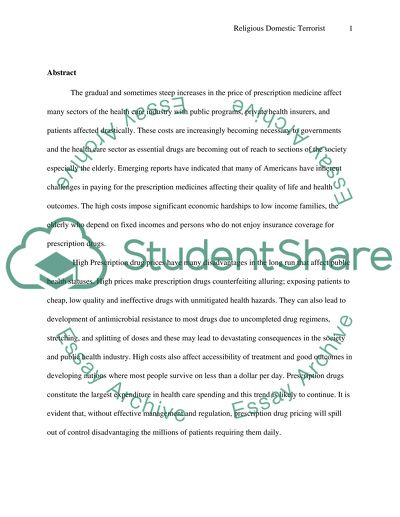Cite this document
(“Prescription Drug Pricing Research Paper Example | Topics and Well Written Essays - 1750 words”, n.d.)
Prescription Drug Pricing Research Paper Example | Topics and Well Written Essays - 1750 words. Retrieved from https://studentshare.org/health-sciences-medicine/1452096-healthcare-issues-that-have-major-implications-in
Prescription Drug Pricing Research Paper Example | Topics and Well Written Essays - 1750 words. Retrieved from https://studentshare.org/health-sciences-medicine/1452096-healthcare-issues-that-have-major-implications-in
(Prescription Drug Pricing Research Paper Example | Topics and Well Written Essays - 1750 Words)
Prescription Drug Pricing Research Paper Example | Topics and Well Written Essays - 1750 Words. https://studentshare.org/health-sciences-medicine/1452096-healthcare-issues-that-have-major-implications-in.
Prescription Drug Pricing Research Paper Example | Topics and Well Written Essays - 1750 Words. https://studentshare.org/health-sciences-medicine/1452096-healthcare-issues-that-have-major-implications-in.
“Prescription Drug Pricing Research Paper Example | Topics and Well Written Essays - 1750 Words”, n.d. https://studentshare.org/health-sciences-medicine/1452096-healthcare-issues-that-have-major-implications-in.


